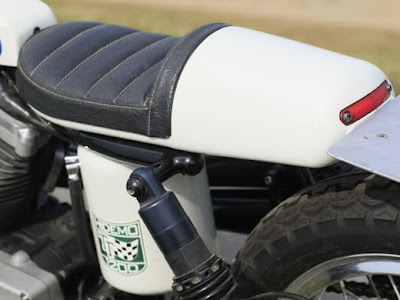Coda, you have a lot of work to do. Your car does not look like it is worth $15,000, much less $40,000.
Coda's biggest problem, I think, is that their car looks like an old Toyota from about 2001.
Coda's second biggest problem is that this thing is put together about like a Chrysler from 2001, or worse. Look at the loose headliner fit. That's not me pulling on it, that's some guy who got into the front seat after I got into the back, and said, "hey, check this out!".
The interior can charitably be called functional. Hard plastics, wide gaps, and cheap feel abound.
The "high-tech" PRNDL knob. It feels about as cheesy as it looks.
The powertrain cutaway was interesting. Here is where most of the $40,000 is: in the wide, flat battery pack slung under the body.
The face of Coda. Notice the huge gap between the hood and the headlight/fascia. It screams "cheap".
I have no idea how Coda is going to make it. With elegant and refined electric cars in the market such as the Leaf and Focus, as well as the half-gas Volt, Coda looks very weak. They claim to have a 150 mile range, which would be world class. But who will spend $40,000 on an ugly car, made mostly in China, with an unproven record and a minuscule dealer network?













































